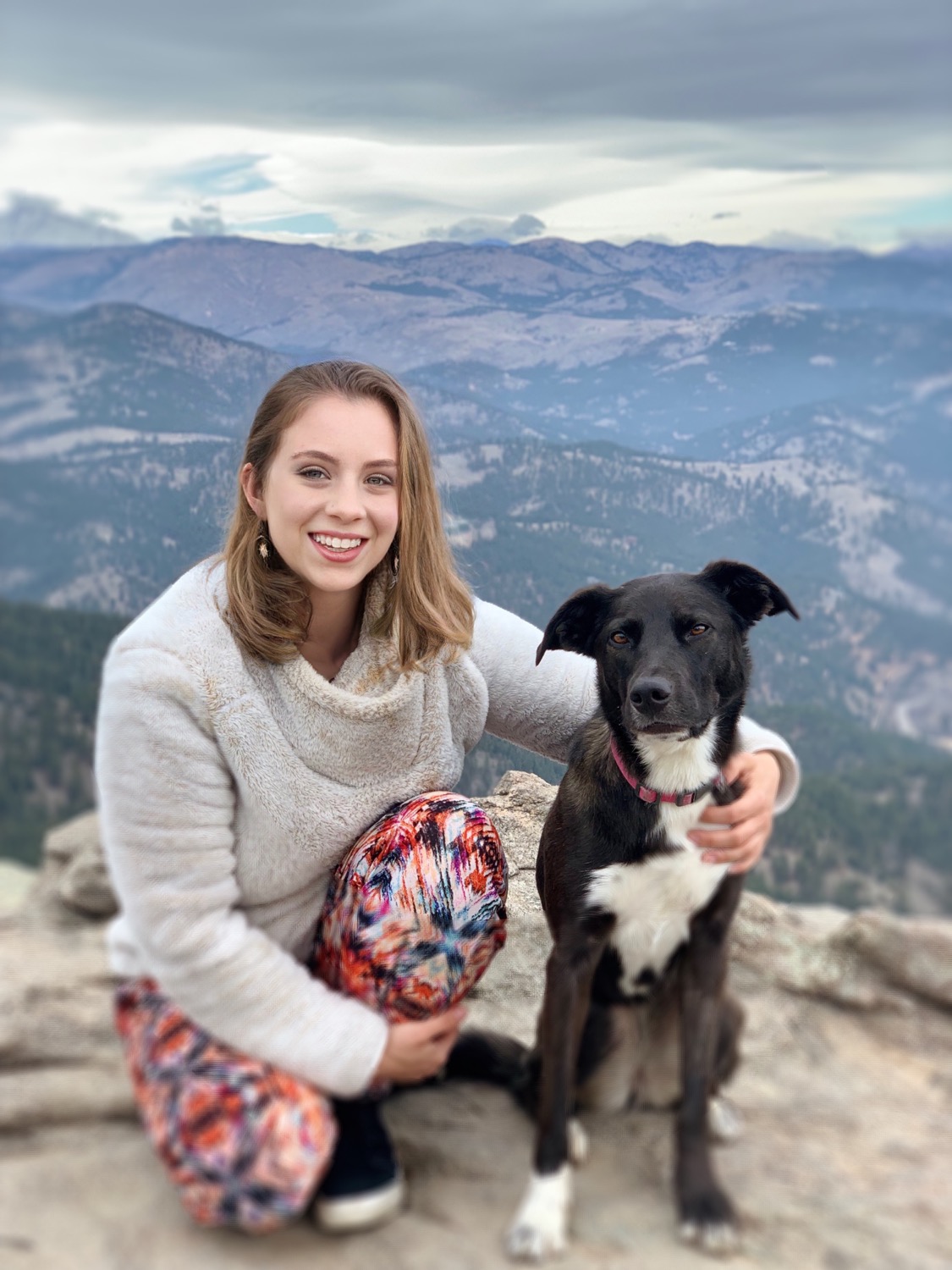How to Walk Your Dog on a Leash
- trained2listenk9

- Feb 24, 2021
- 2 min read
It is essential for you and your dog to get your daily exercise, what better way to do it than together? These habitual walks will allow your dog to get physical exercise, mental stimulation and will allow them to investigate and read the doggie-daily news (sniffing allows dogs to get the scents within their walking environment).
Some tips and tricks to make the walk more enjoyable
Often times dogs will sniff other dog feces or urination spots to allow them to understand the dogs in their community. Many dogs will want to leave a fresh deposit on top of those areas, this is also known as marking. Give your dog ample time to sniff and leave pee-mail messages for the next dog that takes this route;
In addition to sniffing to use the restroom, dogs also sniff to obtain knowledge of their environment. Read more about it in my "What's With the Butt Sniffing Anyways?" article;
Have plenty of treats handy, at all times, to reinforce good behavior;
Be sure your dog has a harness rather than a collar for these walks - many dogs pull on leash causing them to become prone to a collapsing trachea.
Most importantly prevent pulling! I recommend getting one of the following harnesses:
and a good training leash, I recommend:
Know what to do when your dog begins to pull
Have a route in mind, I suggest having a short route and a long route;
Set aside 10-15 minutes to train your dog not to pull on leash;
Keep your leash training sessions different than your walking leisure sessions;
Before leaving the house have your dog “sit” and “stay” as you put their leash on;
Before walking out the door ask your dog to “sit”, “stay” and “break” to walk out the front door and then have them repeat this “sit”, “stay”, “break” sequence once you’re out the door to prevent further puling;
When your dog starts to pull or cut in front of you, stop in your tracks with a “no” or “uh-uh” followed by a gentle tug on his harness;
Stay in that position until you begin to feel slack on the leash then start again - stop and go as much as you need - with time your dog will begin to put it together;
If your dog seems too excited and you want to do a ‘reset’. Ask them to “sit”, “stay”, “look” and then “break” them;
If you find that your dog will not ‘reset’ or cut slack on the leash walk quickly in the other direction until you know that they can listen to a command you request of them;
If you notice the your dog becomes honorary at the end of their walk you know that they are becoming bored of training and it's time to take them home;
Once you arrive back home have your dog go to their kennel (read more about kennel training here) and ‘reset’ from the stimulation that they just encountered.





.jpg)



Comentarios